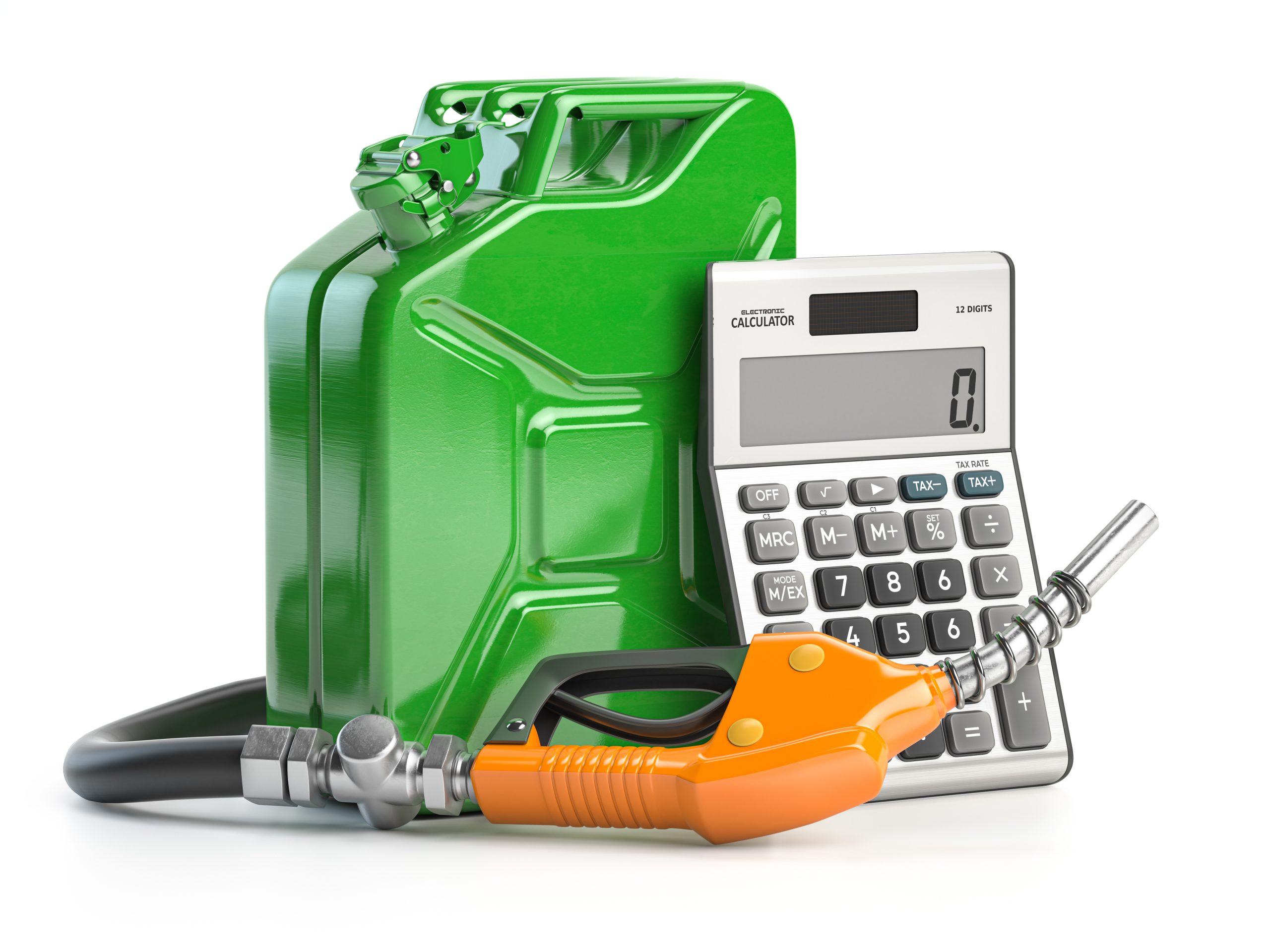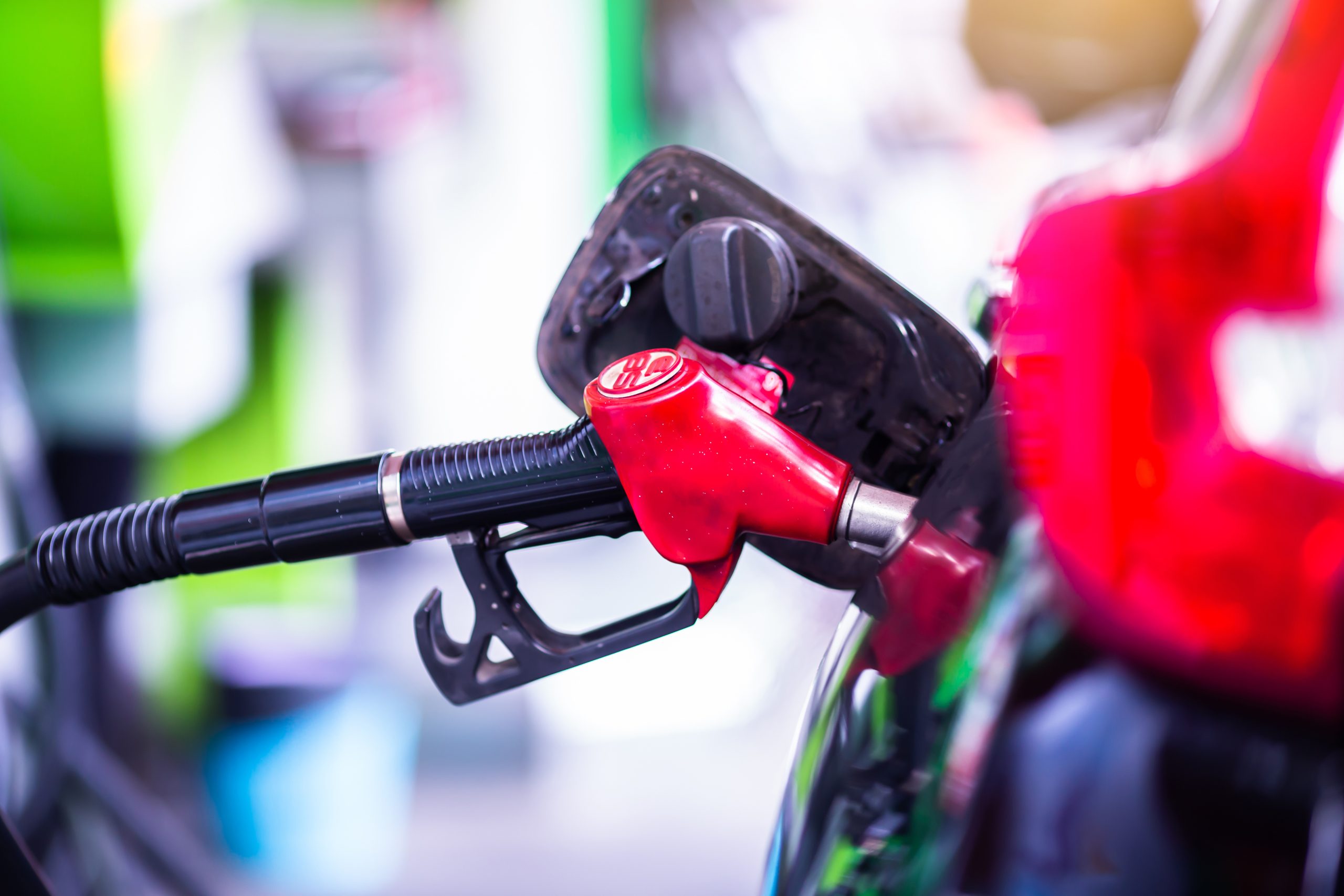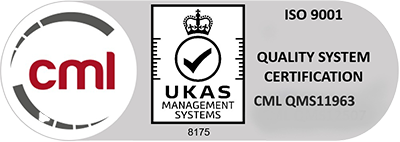Top 8 Ways to Improve Fuel Efficiency for Your Fleet
Managing a fleet comes with a multitude of challenges, but one of the most important tasks is keeping on top of fuel consumption. Fuel is a significant expense for fleets, and prices are continually increasing for reasons beyond fleet managers’ control, such as inflation.
Whilst fleet managers cannot control the escalating price of fuel and energy, there are several ways in which they can make their fuel last longer and avoid it being wasted unnecessarily. In this blog, we’ll dive into the top 8 ways to improve fuel efficiency, that also have added benefits of reduced operating costs and increased productivity.

1 – Plan Routes to Minimise Fuel Usage
Route planning is integral in reducing unnecessary fuel consumption. By planning ahead the most efficient route, fleet managers can avoid congested areas, steep inclines, and rough terrain that cause large vehicles to consume more fuel. This may also include factoring in fuelling stations across the route where applicable. Route planning should be checked regularly, as areas will undergo roadworks and maintenance that have the potential to increase the time your vehicles spend waiting around in traffic.
2 – Invest in a Fuel Management System
Many fleet managers utilise fuel management systems to keep track of fuel consumption across their fleet. Not only do these allow fuel to be bought at wholesale prices, but they also act as helpful tools for tracking fuel usage and identifying inefficiencies. Using online fuel management software, fleet managers can be made aware of any discrepancies in fuel levels, alerting them to potential theft or leakages. Using the data and reports this software provides, informed decisions about routes, vehicles, and fuel consumption can be made, in addition to the convenience of managing this software remotely.
3 – Reduce Idling Time
Fuel can be wasted in all sorts of ways, including in ways that seem unimportant like idling. If your drivers are keeping the engine on whilst taking driving breaks to keep the vehicle warm, this can add up and cost your business significant amounts. To avoid spending these unnecessary costs, always turn off the engine during long stops, and look into other ways to keep comfortable without consuming unnecessary fuel.
4 – Regular Vehicle Maintenance
A well-maintained vehicle is far more fuel-efficient than a neglected one. Having your vehicles regularly serviced ensures that key components like air filters, tyres, and brakes are in good condition so that they perform as well as possible. If an engine is being strained or contains faulty parts, it’s essentially working harder than it has to for the same result. To keep your vehicle working as it should, conduct regular oil changes and air filter replacements, brake inspections, and tyre pressure checks. These are also essential checks to ensure that your vehicle is working properly and that it’s not prone to breaking down in the near future, so it’s an important point to consider beyond just fuel consumption.
5 – Choose Fuel-Efficient Tyres
The types of tyres on a HGV have a big impact on its fuel efficiency. Tires that with low rolling resistance are designed to reduce energy loss as the vehicle moves. These tyres can improve fuel efficiency, and it’s important to ensure that tyres are properly inflated to avoid unnecessary fuel consumption.
6 – Train Your Drivers in Fuel-Efficient Techniques
Like idling, driving techniques might not seem like it has a big impact on fuel efficiency, but small actions over time can add up and result in businesses spending more than they should on fuel for their vehicles. Fleet managers should invest in regular driver training so that they’re driving as efficiently as possible, emphasising practices like smooth acceleration, maintaining steady speeds and safe braking. If your vehicles are equipped with things like cruise control, then drivers could use this where applicable.
7 – Drive in the Highest Gear Possible
Driving in higher gears allows engines to operate at lower revolutions per minute (RPM), aiding in the reduction of fuel consumption. As a fleet manager, you should encourage drivers to shift to higher gears where possible for fuel-efficient driving. Driving in a higher gear means your vehicle has to exert less effort to maintain the speed it’s at, so it’s a relatively simple way to improve fuel efficiency.
8 – Monitor Driver Performance with Digital Tools
Using telematics and fleet management software to monitor driver performance is essential for identifying fuel-wasting behaviours. If you’re able to, track metrics like speed, idling time, and route optimisation, to pinpoint potential areas for improvement. If you really want to encourage your drivers to implement efficient driving, offer rewards and incentives that could inspire drivers to perform better.
Improving fuel efficiency is essential for any fleet manager looking to reduce costs and improve the overall operation of their fleet. By implementing a combined approach of these practices, including regular maintenance, route optimisation, and improved driving practices, fuel costs can ultimately be reduced. If you’re interested in integrating a fuel management system into your fleet, then check out our range of products that cater to this. For any queries or concerns, please contact us.









